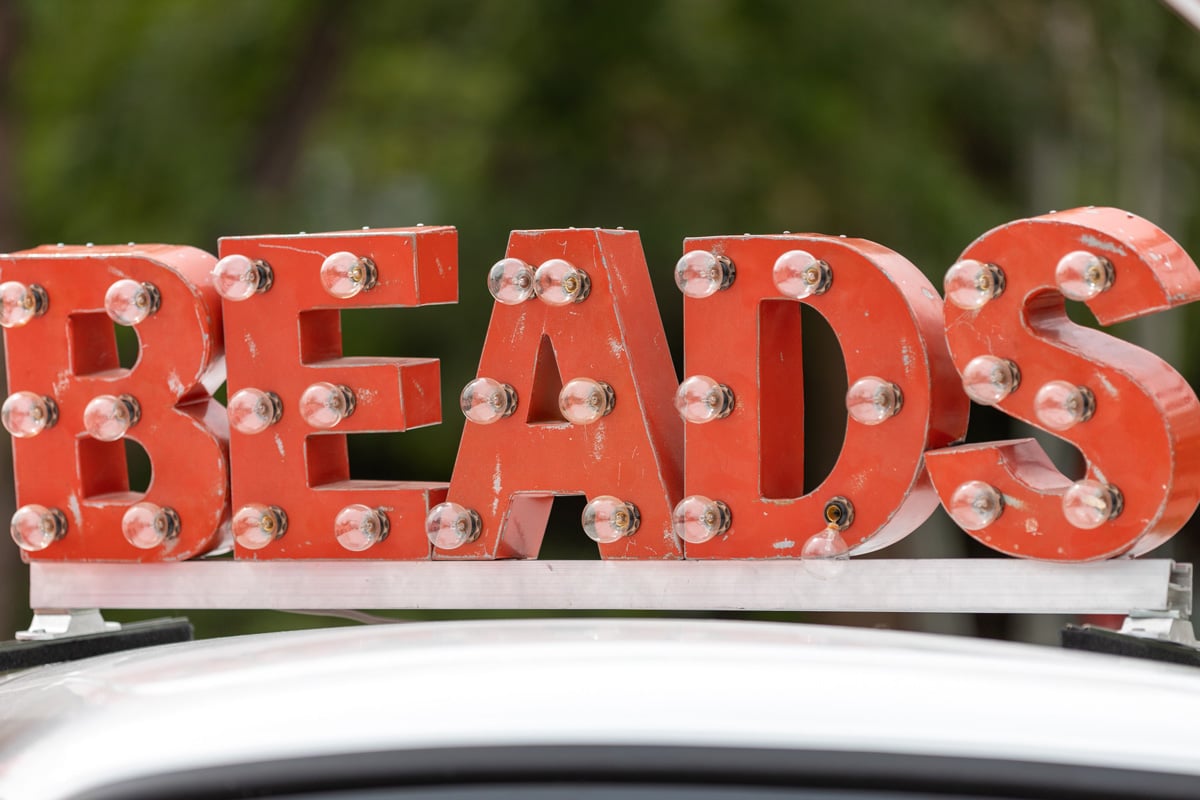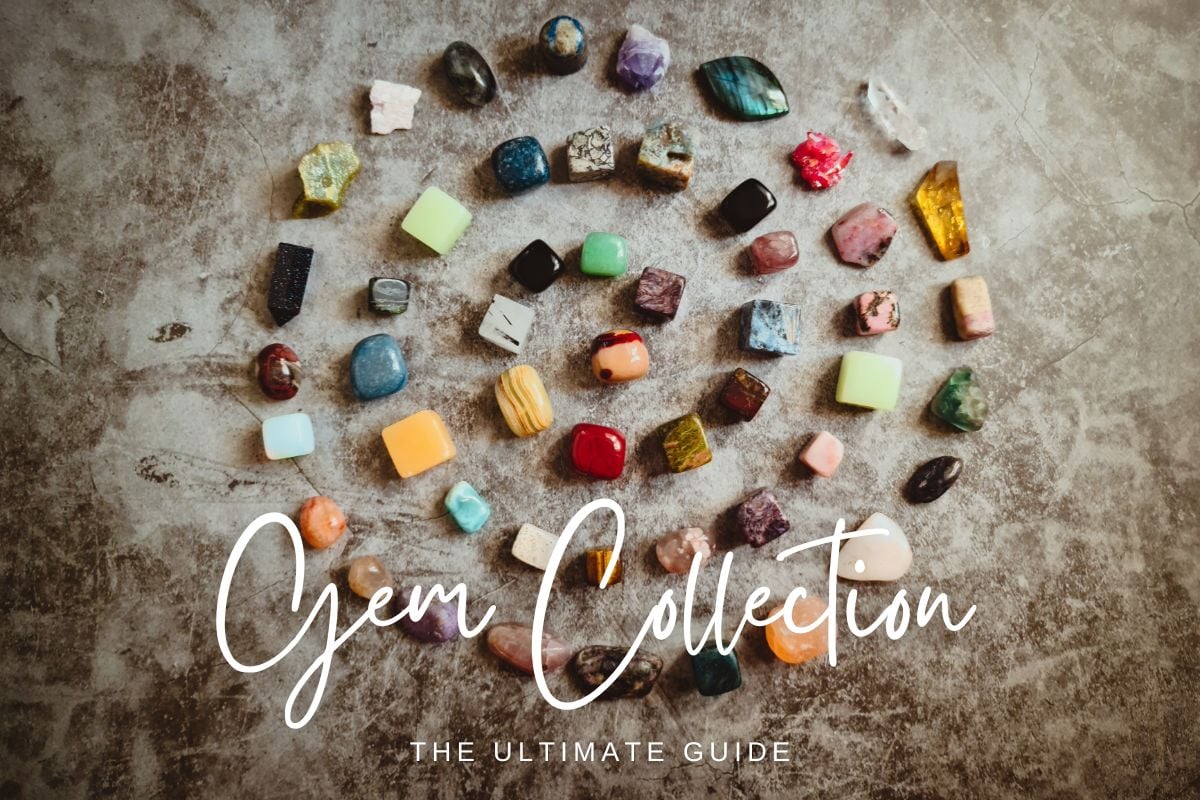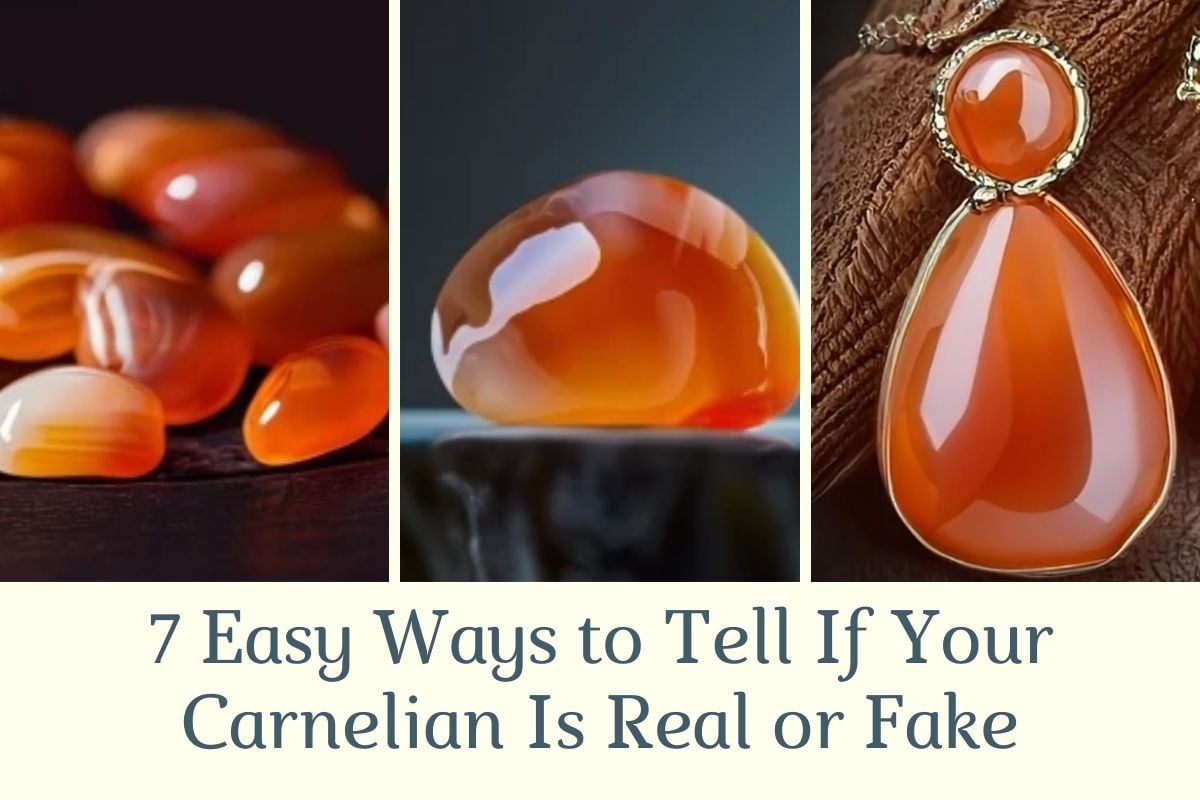Beadwork for jewelry making is one of the most rewarding things on earth, because the bracelet, necklace, or whatever it is you are creating becomes your absolute canvas, and there are no limits as to what you can achieve with your beadwork.
But before you can start creating eye-popping jewelry designs, you need to know the different kinds of beads use in jewelry making and their properties. This will help you find good suppliers so you can implement your creative vision and bring it to life.
The Types of Beads
- Crystal beadsCrystal beads started becoming popular when Swarovski crystals from Austria began catching the eye of fashion-forward individuals around the world. Compared to other beads used for garment embellishments and jewelry making, Swarovski crystals are measured and cut using laser technology, which puts them at the top tier when it comes to non-gemstone beadwork materials.
The sheer variety of precisely cut crystal beads also makes them excellent for higher-end beadwork. As someone who might be interested in creating DIY jewelry to sell on the market, you may want to look at materials like crystal beads if you want to increase the value of your designs.
- Glass beads One type of glass bead that ups the ante is the lamp bead. Lamp beads are created by hand by actual glassblowers, and they can provide the most distinctive color patterns because of how they were manufactured.
The glass used for lamp beads is the agglomeration of at least two layers of differently colored glass. The melting process creates the swirls, dots, and patches seen on lamp beads.
Due to the manufacturing process, even lamp beads in the same package or batch don’t look exactly like each other, so they’re very unique. When at least two layers of glass are melted together, the resulting flow pattern creates the beautiful designs that bead jewelers simply love.
- Seed beadsSeed beads are the tiniest of all beads, and they are meant to be used to create patterns on garments. In jewelry, they can also be designed to create patterns, but they are mostly used for spacing. Some seed beads are made of plastic, while others are made of glass and can be used the way an artist uses paint on a canvas. Use the seed bead that you think would be excellent for your project.
- Fancy beadsFancy beads are slightly heftier and have better colors than regular pony beads, which kids use for their crafting projects. Fancy beads come in metallic colors and are often blasted with a layer of paint (acrylic) which makes them slightly more favorable for creating designs for adults. Fancy beads can be flat (like pizza), oval, or cylindrical (thick tubes). Fancy beads are ideal for both small and moderately large jewelry constructions.
- Ceramic beadsAs the name suggests, ceramic beads are made from ceramic and they come in the widest assortment of shapes and sizes. Some of them may look like painted, irregular stones, while others may be perfectly shaped, with a slight gloss and an end to end hole that’s perfect for making necklaces and bracelets. The only downside to ceramic beads perhaps is they are more likely to be appreciated by folks who are into free-form art and bohemian, so jewelry made purely with ceramic beads may not be attractive to everyone.
- Wooden beadsRight next to plastic pony beads, wooden beads are the second most common type of bead used for crafts projects and jewelry making. While wooden beads are pretty and can be mixed with different elements, some wooden beads may not be that durable and so they may split on their own after a while.
Select high-quality wooden beads so your creations will be able to withstand the test of time. On the upside, wooden beads come in many, many color variations, so if you need a boost of inspiration from working with other colors or materials, this is your chance. They’re pretty inexpensive, too.
- Cultured pearlsYes, pearls are considered beads in the world of beadwork, and they’re one of the best types of material to work with. There are two kinds of pearls in the market: those that are harvested in the wild, and those that are cultured by pearl farms. Those harvested from pearl farms tend to have a lower price, and thus are more popular for enthusiasts and professional jewelry makers. Pearls harvested out at sea have a slightly higher price because they are more in demand.
- Costume pearlsFake pearls or costume pearls can be easily used to boost the aesthetics of a piece of jewelry. Many fashion-forward people buy lots of costume jewelry so if this is something in your bucket list, there’s no harm in experimenting with a variety of materials that are available to you in shops or online. Take note that costume pearls are not always made of plastic.
Some of them are manufactured with fish scales and then coated with a substance that makes them reflect like pretty much like real pearls. The great upside here is that they come in different sizes and makes, and they’re inexpensive. For beadwork, they’re excellent and are highly recommended for both novices and experienced bead jewelers.
- Metal beadsReal metal beads are of course made with metal and are not just coated with a metallic finish. The best type of metal beads for beadwork is made from sterling silver. Sterling silver beads will be more expensive than beads made from lesser metals, so don’t be surprised by the price difference.
- RhinestonesRhinestones have been the rage since the fifties, and for good reason: they look downright gorgeous wherever you put them. It’s no surprise that people wore rhinestone shoes several decades ago and used them to boogie. Today, rhinestones are still widely used in jewelry applications, and they remained steadfastly constant in the form: flat, multi-faceted, with deep colors that are excellent for both garment embellishment and creating unique jewelry designs.



